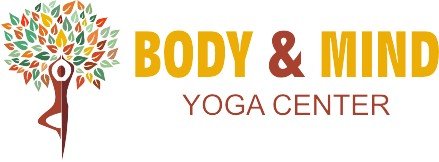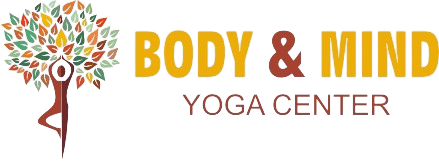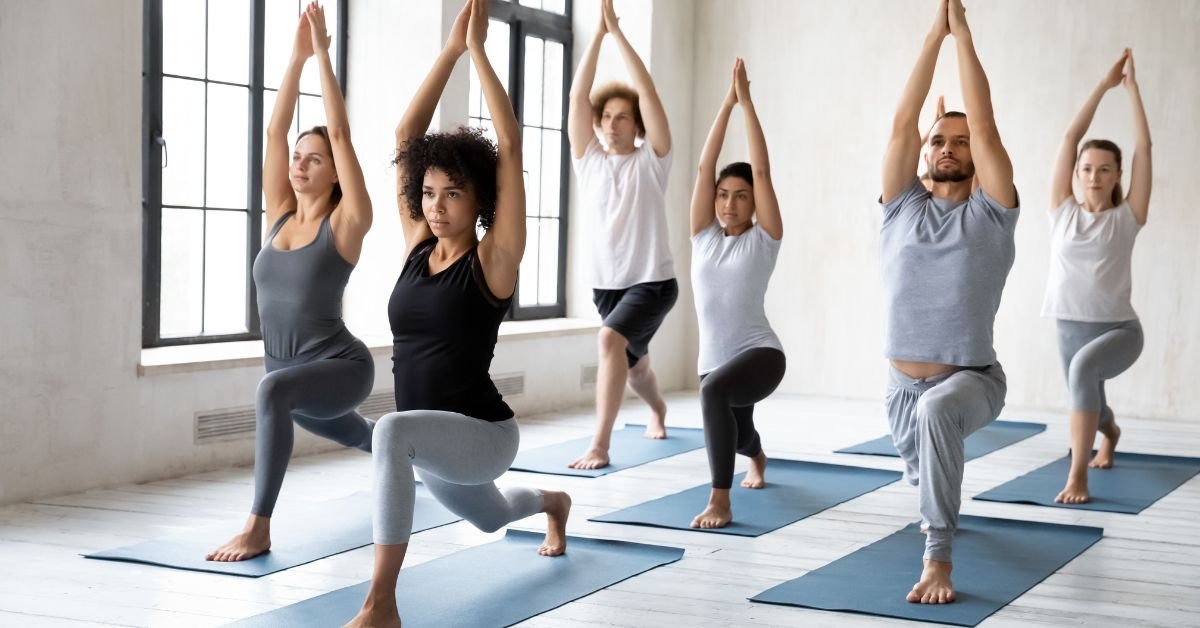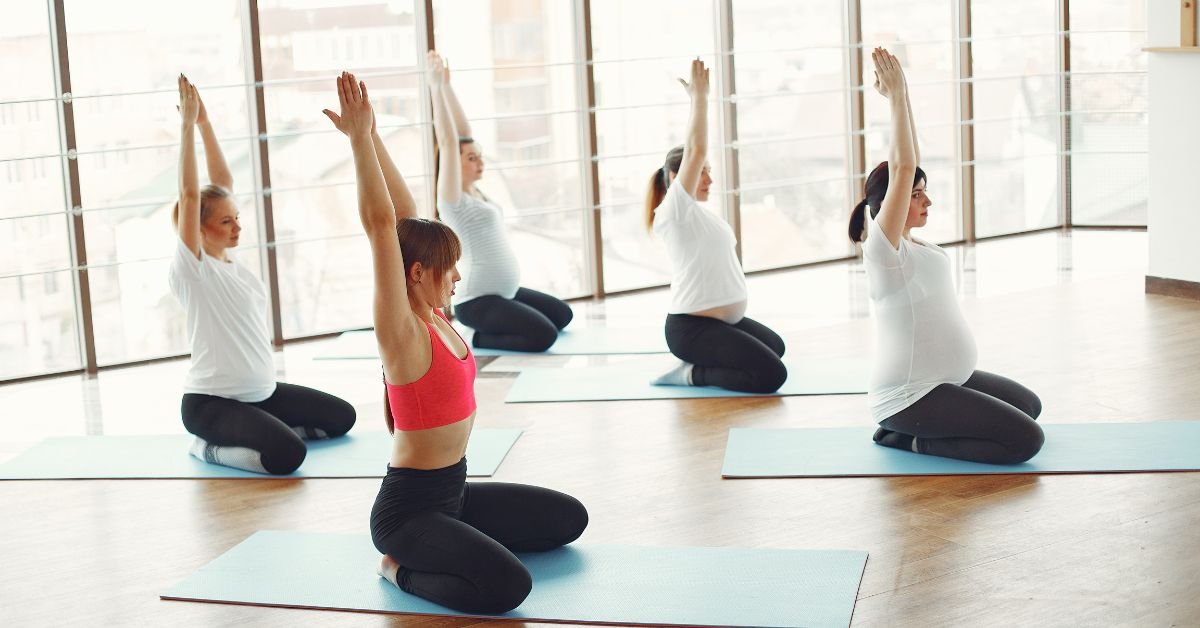11 Yoga Poses for PCOS and Hormonal Imbalance

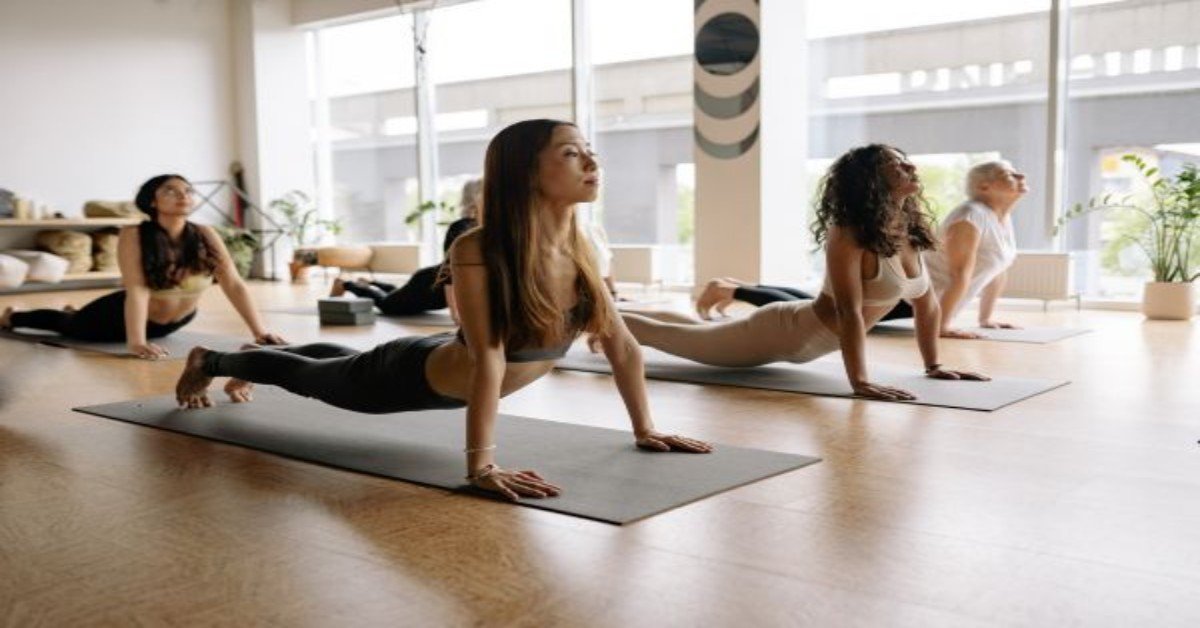
Yoga offers a holistic approach to managing Polycystic Ovary Syndrome (PCOS) by targeting the root cause of hormonal imbalance. Regular practice of specific yoga poses can help reduce stress, enhance circulation, and stimulate the reproductive organs, all of which contribute to balancing hormones naturally. Yoga poses that support women with PCOS, offering a gentle yet effective way to alleviate symptoms and promote overall well-being through mindful movement and breathwork.
What is PCOS?
Polycystic Ovary Syndrome (PCOS) is a hormonal disorder commonly affecting women of reproductive age. It is characterized by irregular menstrual cycles, excess androgen levels, and the presence of multiple small cysts on the ovaries. Women with PCOS may experience symptoms such as acne, weight gain, and hair growth in unwanted areas. The exact cause is unknown, but factors like genetics and insulin resistance are believed to play a role. Early diagnosis and treatment can help manage symptoms.
Is PCOS Related to Hormonal Imbalance?
Yes, PCOS is closely related to hormonal imbalance. Women with PCOS typically have higher levels of androgens, which are male hormones that are present in small amounts in women. This hormonal imbalance can lead to symptoms such as irregular menstrual cycles, acne, excessive hair growth, and difficulties with ovulation. Insulin resistance, another common feature of PCOS, can also contribute to the hormonal disruptions, further exacerbating the condition.
What Are the Best Yoga Poses for PCOS and Hormonal Imbalance?
Bhujangasana (Cobra Pose)
A gentle backbend that stretches the chest, shoulders, and abdomen. Bhujangasana helps stimulate the reproductive organs and reduce stress, aiding in hormonal balance.
Benefits:
– Stimulates the reproductive organs.
– Improves blood circulation, aiding in hormone regulation.
– Reduces stress and fatigue, which can balance hormones.
How to Do It:
– Lie on your stomach with your legs extended and feet together.
– Place your hands under your shoulders, elbows close to your body.
– Inhale and gently lift your chest off the floor, keeping your elbows slightly bent.
– Hold for a few breaths, then exhale as you lower yourself back down.
Shalabhasana (Locust Pose)
This pose strengthens the lower back and improves spinal flexibility. Shalabhasana stimulates the abdominal organs, promoting digestion and balancing hormones.
Benefits:
– Strengthens the lower back, improving spinal flexibility.
– Stimulates the abdominal organs, helping with digestion and hormone balance.
– Relieves stress and anxiety.
How to Do It:
– Lie face down with your arms alongside your body, palms facing down.
– Inhale and lift your head, chest, and legs off the floor simultaneously.
– Keep your arms and legs straight, hold for a few breaths.
– Exhale as you lower your body back to the starting position.
Setu Bandha Sarvangasana (Bridge Pose)
A powerful chest opener that strengthens the back and glutes. This pose stimulates the thyroid gland and improves circulation, supporting hormonal balance.
Benefits:
– Opens the chest and heart, improving circulation and energy flow.
– Stimulates the thyroid gland, helping regulate hormones.
– Strengthens the back and glutes, reducing lower back pain.
How to Do It:
– Lie on your back with your knees bent and feet hip-width apart.
– Place your arms alongside your body, palms facing down.
– Inhale and lift your hips toward the ceiling, engaging your glutes.
– Hold for a few breaths, then exhale as you lower your hips back down.
Ustrasana (Camel Pose)
A deep backbend that stretches the front of the body and stimulates the reproductive organs. Ustrasana helps reduce menstrual cramps and supports hormonal health.
Benefits:
– Stretches the entire front of the body, particularly the chest and abdomen.
– Stimulates the ovaries and thyroid gland, aiding in hormonal balance.
– Reduces menstrual discomfort and improves digestion.
How to Do It:
– Kneel on the floor with your knees hip-width apart.
– Place your hands on your lower back for support.
– Inhale and arch your back, reaching your hands toward your heels.
– Keep your neck relaxed, hold for a few breaths.
– Exhale and slowly return to the starting position.
Prasarita Padottanasana (Wide Stance Forward Bend)
A calming forward bend that stretches the hamstrings and lower back. This pose helps relieve stress and stimulates the abdominal organs, aiding in hormonal regulation.
Benefits:
– Calms the mind, reducing stress and anxiety.
– Stimulates the abdominal organs, aiding digestion and hormone regulation.
– Stretches the hamstrings, calves, and lower back.
How to Do It:
– Stand with your feet wide apart, toes slightly turned in.
– Inhale, lengthen your spine, and exhale as you fold forward from your hips.
– Place your hands on the floor or your ankles, keeping your back straight.
– Hold for a few breaths, then inhale as you slowly rise back up.
Ardha Chandrasana (Half Moon Pose)
A balancing pose that strengthens the legs and core while enhancing mental clarity. Ardha Chandrasana stimulates the reproductive and digestive organs, promoting hormonal balance.
Benefits:
– Improves balance and coordination, enhancing focus and mental clarity.
– Strengthens the legs and core, boosting overall stability.
– Stimulates the reproductive and digestive organs, aiding in hormone balance.
How to Do It:
– Stand with your feet together, then step one foot back into a lunge.
– Place your hand on the ground or a block in front of you.
– Lift your back leg parallel to the ground, extending your opposite arm toward the ceiling.
– Keep your gaze forward or up, hold for a few breaths.
– Lower your leg and return to the standing position.
Baddha Konasana (Cobbler Pose)
A seated pose that stretches the inner thighs and groin. Baddha Konasana stimulates the reproductive organs and reduces menstrual discomfort, supporting hormonal health.
Benefits:
– Stretches the inner thighs, groin, and knees, improving flexibility.
– Stimulates the ovaries and reproductive organs, aiding in hormone regulation.
– Reduces menstrual discomfort and stress.
How to Do It:
– Sit with your legs extended in front of you.
– Bend your knees and bring the soles of your feet together, drawing your heels toward your pelvis.
– Hold your feet with your hands, keeping your back straight.
– Inhale, lengthen your spine, and exhale as you fold forward, holding for a few breaths.
Supta Baddha Konasana (Reclined Cobbler Pose)
A restorative pose that opens the hips and chest, promoting deep relaxation. This pose helps stimulate the ovaries and reduce anxiety, aiding in hormonal balance.
Benefits:
– Opens the hips and chest, promoting relaxation and stress relief.
– Stimulates the ovaries and abdominal organs, aiding in hormone balance.
– Reduces anxiety and improves sleep quality.
How to Do It:
– Lie on your back with your knees bent and feet together.
– Let your knees fall open to the sides, bringing the soles of your feet together.
– Place your arms alongside your body, palms facing up.
– Hold for a few minutes, focusing on deep, slow breathing.
Chakravakasana (Cat and Cow Pose)
A dynamic sequence that improves spinal flexibility and massages the abdominal organs. Chakravakasana relieves stress and tension, supporting digestive and hormonal health.
Benefits:
– Improves spinal flexibility and strength.
– Massages the abdominal organs, aiding digestion and hormone balance.
– Reduce stress and tension, promoting relaxation.
How to Do It:
– Start on your hands and knees with your wrists under your shoulders and knees under your hips.
– Inhale as you arch your back (cow pose), lifting your head and tailbone.
– Exhale as you round your spine (cat pose), tucking your chin and tailbone.
– Continue to flow between these two poses, following your breath.
Malasana (Garland Pose)
A deep squat that opens the hips and groin, enhancing flexibility and circulation. Malasana stimulates the digestive and reproductive organs, promoting hormonal balance.
Benefits:
– Opens the hips and groin, improving flexibility and circulation.
– Stimulates the digestive and reproductive organs, aiding in hormone regulation.
– Relieves lower back pain and stress.
How to Do It:
– Stand with your feet slightly wider than hip-width apart.
– Bend your knees and lower your hips into a squat position.
– Bring your palms together at your chest, pressing your elbows against your inner thighs.
– Keep your back straight, hold for a few breaths, then slowly rise back to standing.
Navasana (Boat Pose)
A core-strengthening pose that improves balance and stability. Navasana stimulates the abdominal organs and reduces stress, supporting hormonal health.
Benefits:
– Strengthens the core muscles, improving overall stability and balance.
– Stimulates the abdominal organs, improves digestion and hormone balance.
– Reduces stress and enhances focus.
How to Do It:
– Sit on the floor with your legs extended in front of you.
– Lean back slightly, lifting your legs off the ground to form a V shape with your body.
– Extend your arms alongside your legs, keeping your back straight.
– Hold for a few breaths, then lower your legs and arms back to the floor.
In conclusion, Incorporating yoga poses into your routine can be a powerful way to manage PCOS and hormonal imbalance naturally. By reducing stress, improving circulation, and stimulating the reproductive organs, yoga helps restore balance and support overall well-being. Regular practice not only alleviates symptoms but also promotes mental and emotional health, making it a holistic approach to managing PCOS. Embrace the power of yoga to take control of your health and enhance your quality of life.
Want to learn Yoga? Join us at Body and Mind Yoga Center for an enriching experience that harmonizes body and mind. Your path to wellness begins here. We provide the best yoga classes in Dubai with a variety of lessons suited to fit your needs and preferences.
Share this post :
Most Recent Posts
- All Posts
- Yoga
- Yoga For Kids
- Yoga For Womens
Category
Have Question
Looking for the best yoga classes in Dubai? Visit our state-of-the-art yoga studio and center in Dubai for a rejuvenating and transformative experience.
